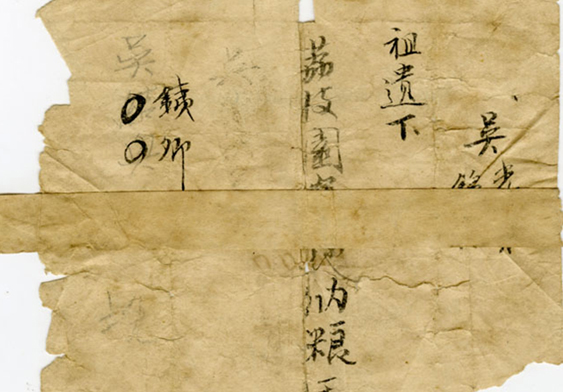
Notes recording villagers’ land assets
Ng Chin Hung’s family had an illustrious background with ancestors who had passed down many estates. Sadly, not much was left by the time he grew up-Provided by Ng Chin Hung
Notes recording villagers’ land assets
Ng Chin Hung’s family had an illustrious background with ancestors who had passed down many estates. Sadly, not much was left by the time he grew up-Provided by Ng Chin Hung
Ng Chin Hung grew up listening to the village elders telling stories of land resumption
Ng Chin Hung spent his childhood in Nga Tsin Wai, learning to love listening to the conversations of the village elders from around the age of eight. Ng Chin Hung learned much about the land acquisition process of the government. Before the land was liable for compulsory purchase, it seemed the Government published a Gazette informing owners to collect compensation calculated at market prices within one month. Failure to do so would mean the amount would be transferred to the Treasury and confiscated. If a villager tried to collect this money after the cut-off date, he or she would need to hire a lawyer to resolve matters. In the court, the judge would ask the aggrieved villager ‘Why did you fail to collect your money on time? Were you trying to be confrontational?’
Ng Chin Hung’s family owned large tracts of land in and around Nga Tsin Wai before the 1960s. Of these, Lot 5646 had an area of over 10,000 sq. ft. Half of this land was rented out to a fruit plant, while the other half was leased by a sauce factory before being expropriated by the Government. To cope with the influx of refugees between the 1940s and 50s, the Government used the Crown Lands Resumption Ordinance to forcibly impose compulsory purchase orders on Nga Tsin Wai’s indigenous inhabitants. Once their lands had been acquired, the Government set about building the seven-storey resettlement buildings. These properties eventually evolved into new public housing estates and home ownership buildings.


 BACK
BACK  CLOSE
CLOSE 